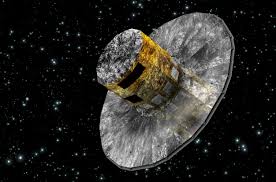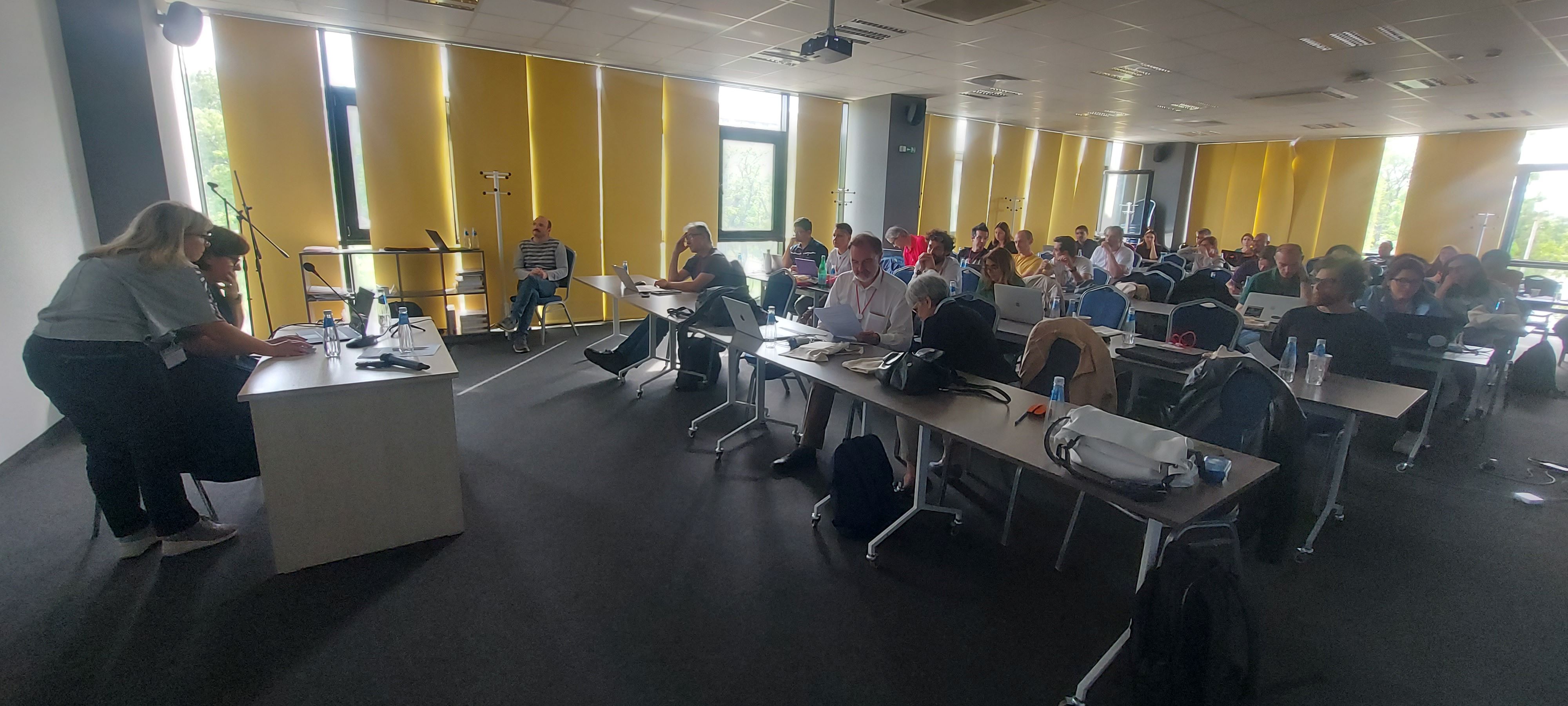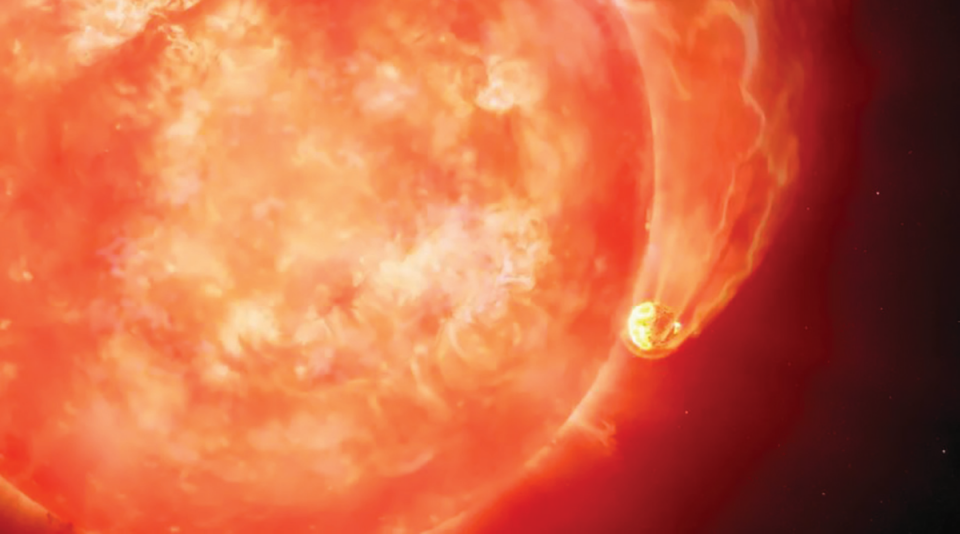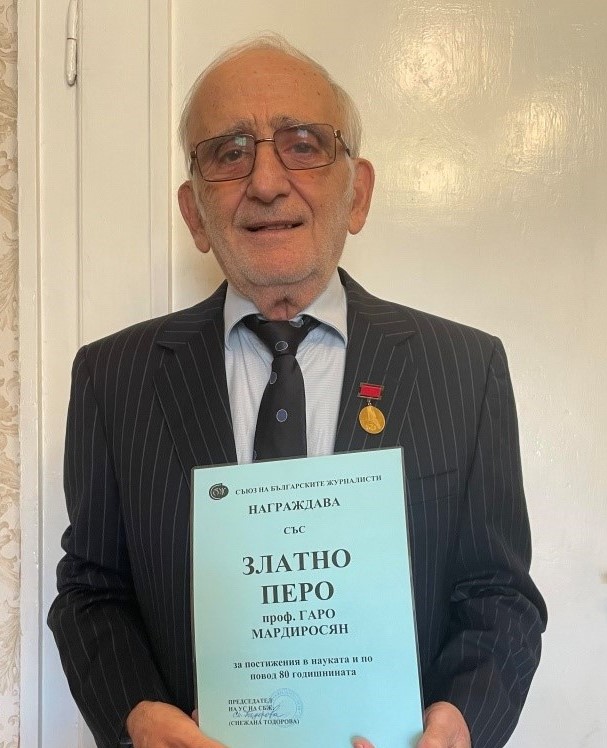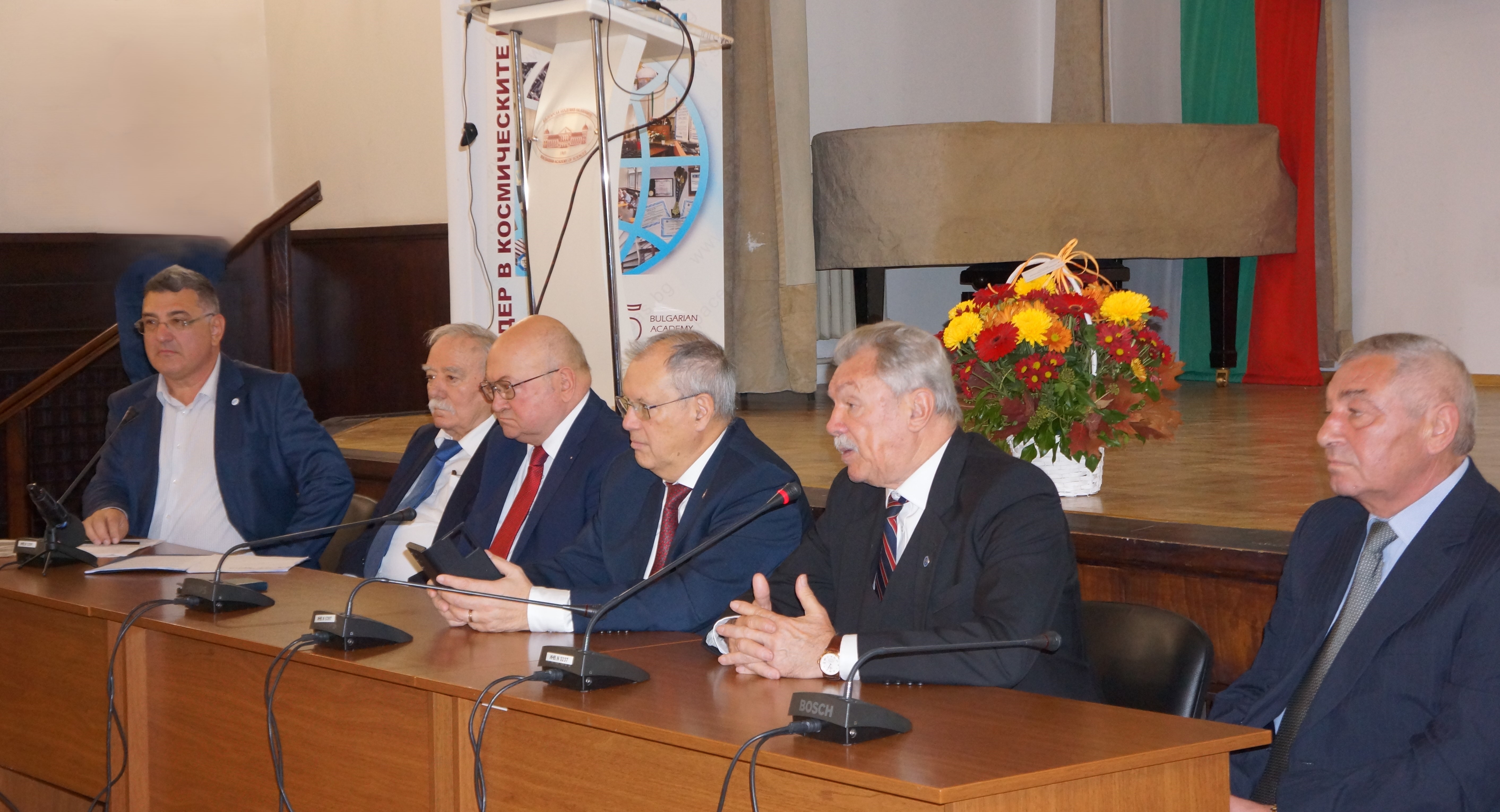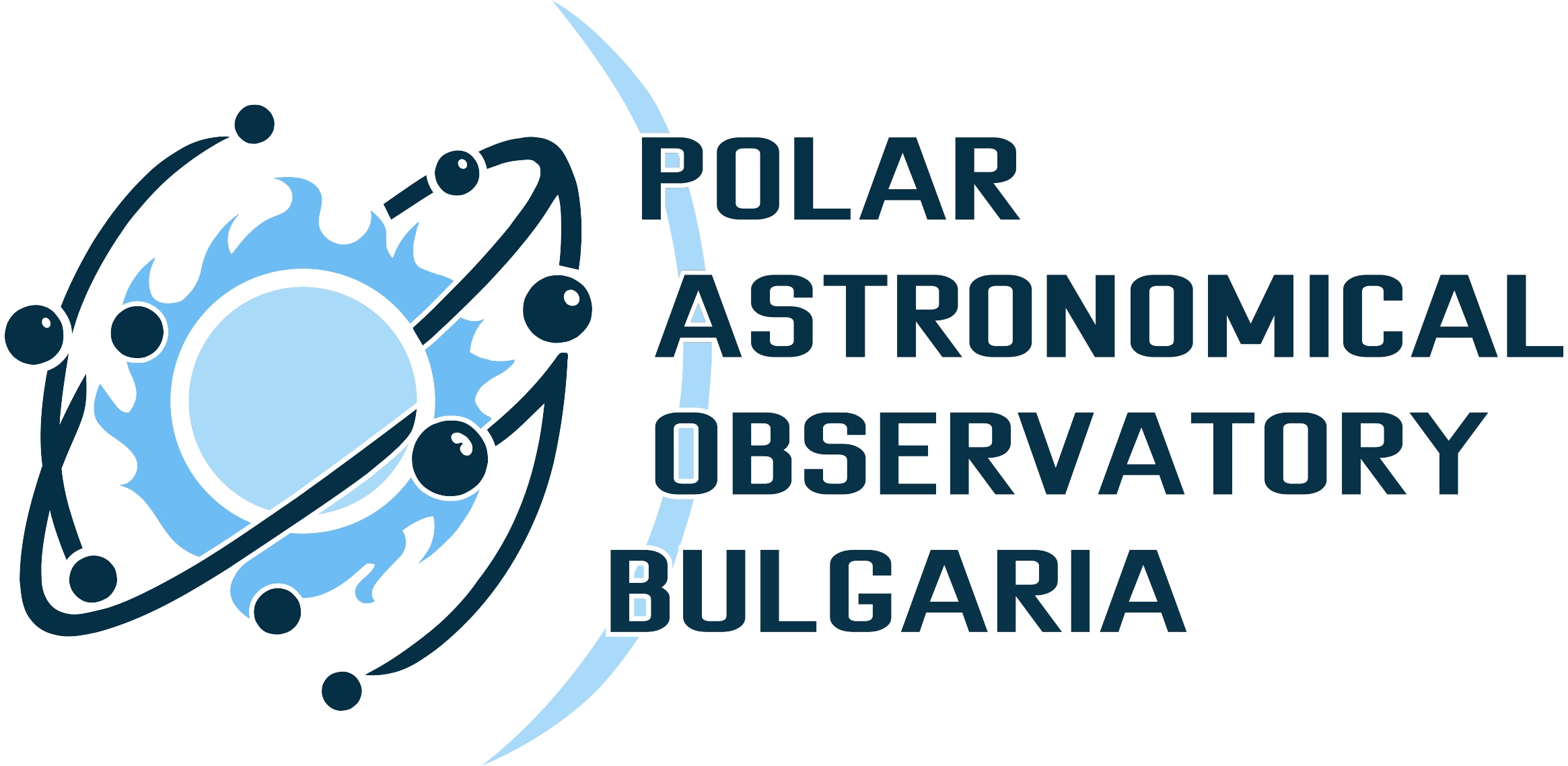International conference on “Stellar variability, stellar multiplicity” with the participation of 50 scientists from 15 European countries within the project “COST Action #18104 MW-GAIA: Revealing the Milky Way with Gaia” takes place at Sofia Tech Park from 6 to 8 June 2023. The Institute of Astronomy with NAO at BAS is hosting the event with representatives of the scientific community from Italy, Spain, France, Greece, Czech Republic, Poland, as well as from the USA and Chile.
The satellite of the European Space Agency’s (ESA) Gaia mission has been operational since December 2013 and is expected to run until 2025. It performs precision astrometry: measuring the positions, distances and motions of stars with extreme accuracy. The aim of the mission is to create the largest and most accurate 3D space catalogue to date, with a total of about 1 billion astronomical objects, mainly stars but also planets, comets, asteroids and quasars. The Gaia mission is creating a detailed three-dimensional map of astronomical objects throughout the Milky Way and mapping their motions. This massive study gives scientists an unprecedented opportunity to analyse important questions about the origin, structure and evolution of our Galaxy.
The international conference in Sofia focuses on the impact that the Gaia mission has on a number of features of stellar variability – intrinsic, caused by processes in the interior of pulsating stars, and extrinsic, due to the geometry of components in multiple star systems. Stellar variability plays a crucial role in understanding a range of processes in the Universe, from the evolution of stars through the distance scale to the study of the structure and formation of the Milky Way. The Gaia mission’s latest catalogue – DR3 – has now published luminosity curves and numerous stellar parameters for about 10.5 million variable sources. This number is expected to increase several times in the next catalogue, DR4.
COST (European Cooperation in Science and Technology) is a funding organisation for research and innovation networks. It brings together research initiatives in Europe and beyond and enables researchers to develop their ideas in any scientific and technological field by sharing them with each other. The organisation runs so-called COST Actions, each lasting 4 years. One of them is “MW-GAIA: Revealing the Milky Way with Gaia”.


